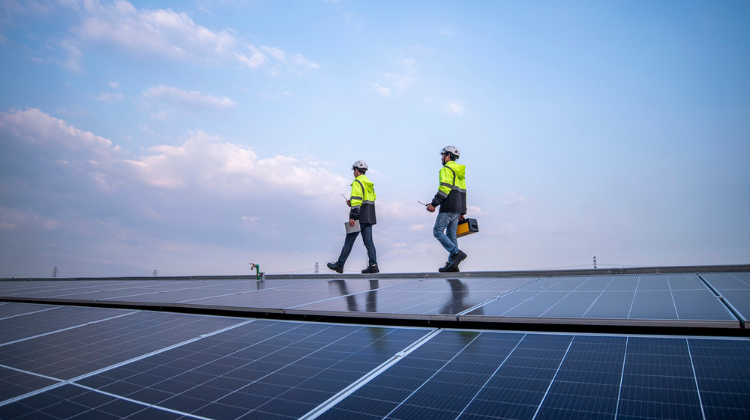Germany has hit a critical milestone on its energy transition path: the country has already fulfilled 50% of its legally mandated solar expansion target for 2030, according to the Federal Network Agency on July 4. The current figure reflects 107.5 gigawatts (GW) of installed solar capacity across rooftops, balconies, and open spaces.
However, the solar industry is sounding the alarm: solar power expansion has recently slowed, placing the 2030 goal at risk. According to the German Solar Industry Association (BSW-Solar), reaching the full 215 GW target by 2030 will require significantly improved investment and grid connection conditions.
“Electricity demand is growing, and the solarization of rooftops, façades, and open spaces must not slow down. We are halfway there, but the next stage is not guaranteed,” says Carsten Körnig, Managing Director of BSW-Solar.
The association emphasizes that a continued rollout of solar energy, paired with storage systems, is “inevitable from both a climate and energy policy perspective.” Körnig adds that the current heatwave and mounting climate damage are stark reminders of the cost of inaction.
“Over the past 25 years, photovoltaics have evolved from an expensive satellite technology to the most affordable form of electricity generation on the planet,” Körnig notes. “No other power plant technology is growing as rapidly worldwide.”
Currently, more than five million solar installations across Germany cover approximately 15% of the country’s electricity demand, and the trend remains upward. To stay on track toward the 2030 goal, BSW-Solar has issued a list of policy recommendations to the Federal Government.
A key demand is the long-awaited EU approval of the “Solar Package”, a state aid program expected to unlock new investment. The association also urges the swift implementation of digitalized and accelerated grid connection procedures, seen as a bottleneck in deployment.
“Reliable investment conditions are essential to secure market confidence,” Körnig stresses, calling for the removal of market barriers and regulatory delays.
Another central element is energy storage. While Germany currently operates around two million battery storage systems with a combined capacity of about 20 gigawatt-hours (GWh), scientific projections indicate the need for 100 to 150 GWh by 2030. “It is crucial that the preferential building regulations for battery storage systems, outlined in the coalition agreement, are implemented swiftly,” says the BSW director.
Economically, solar power already offers a competitive edge for both residential and industrial users. Körnig points out that the sector delivers billions in savings through environmentally friendly energy use. Moreover, public support remains strong, with surveys showing broad popular demand for faster solar deployment.
“A dynamic expansion of solar energy is one of the most efficient and sustainable ways to reduce energy costs,” he concludes.
At this critical juncture, Germany’s solar sector faces a decisive test. While half the road has been paved, reaching the final goal will depend on immediate and targeted political action. This will determine not only compliance with a legal target but also Germany’s leadership in the European climate and energy transition.
































